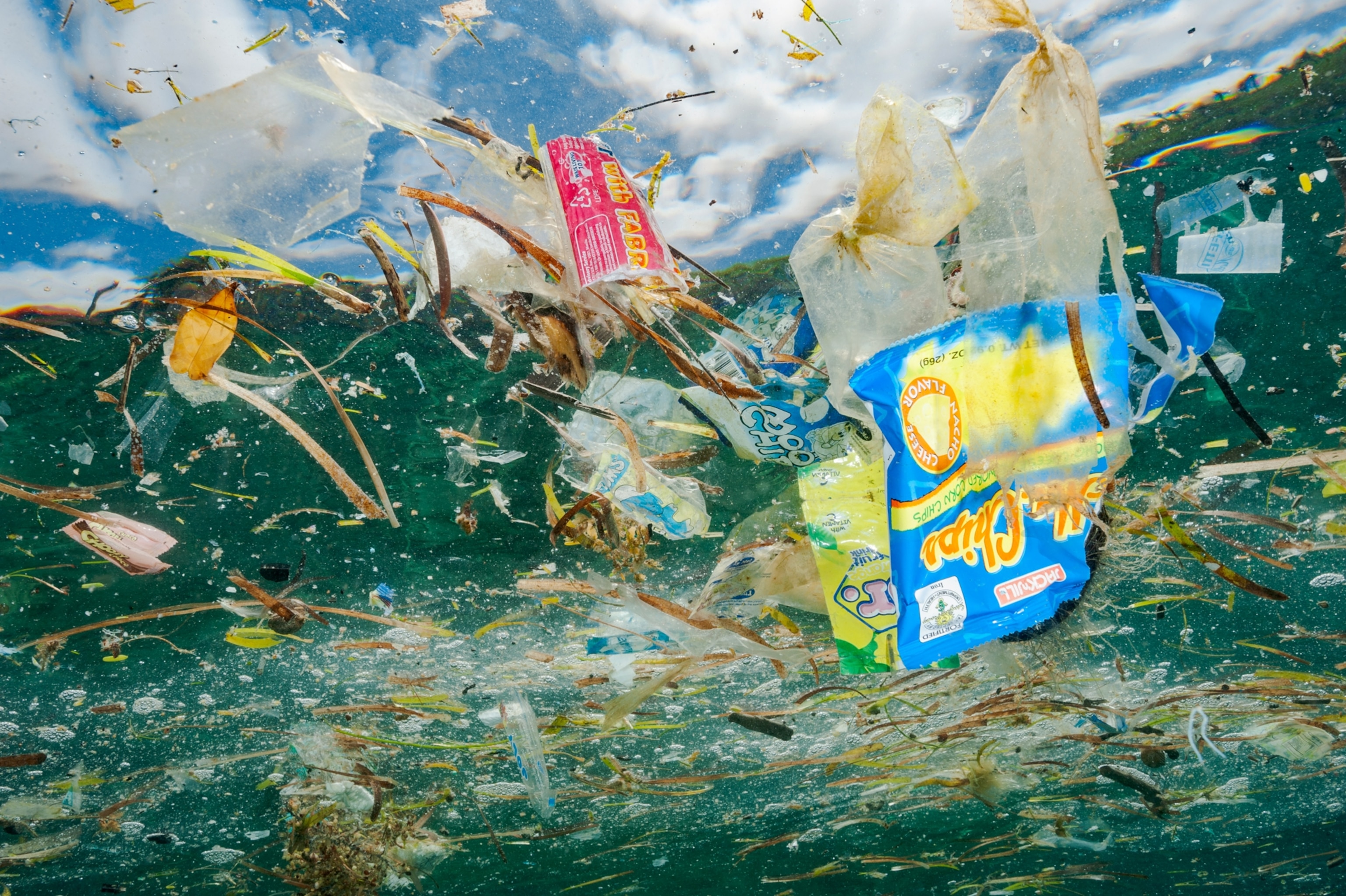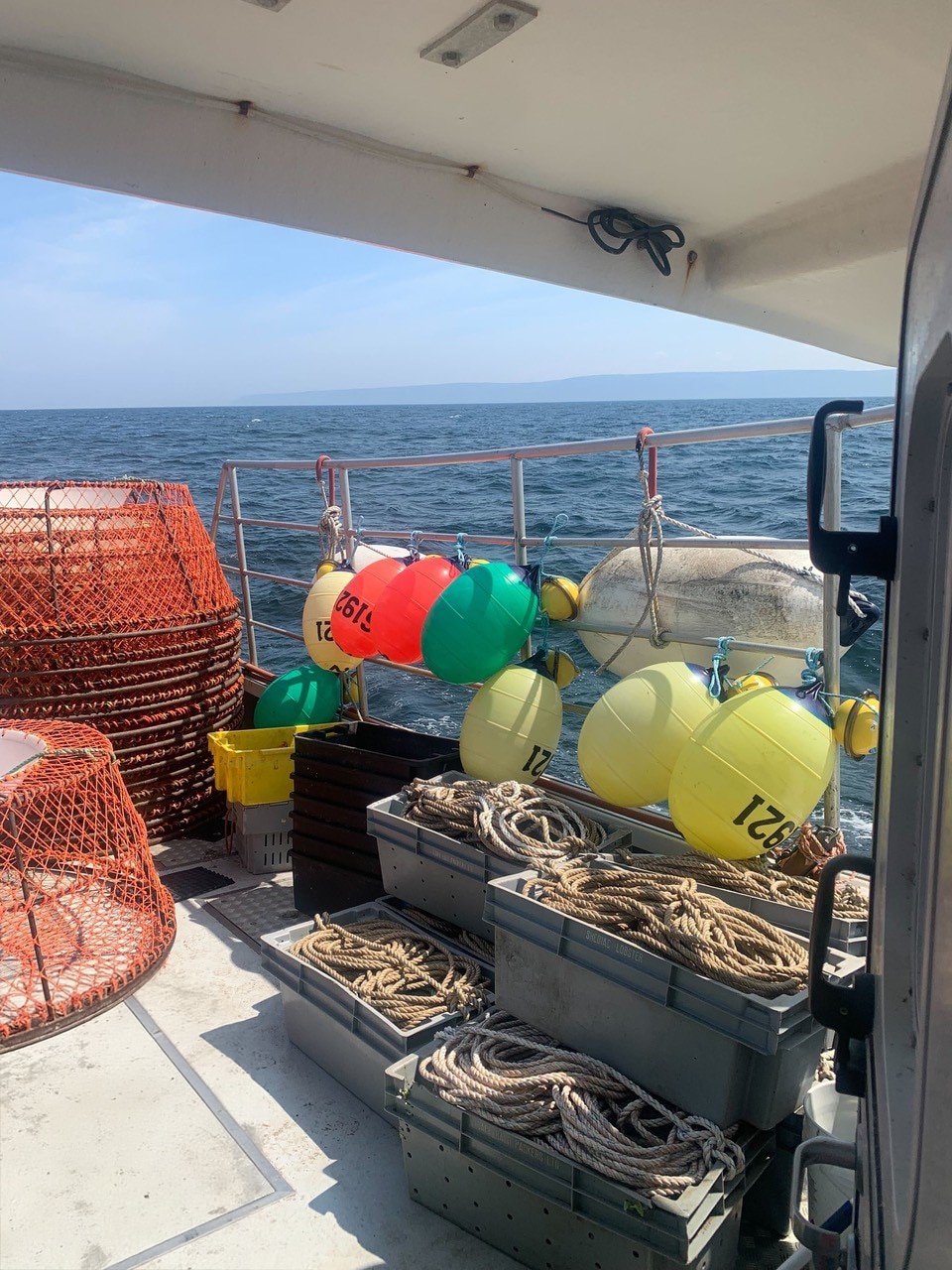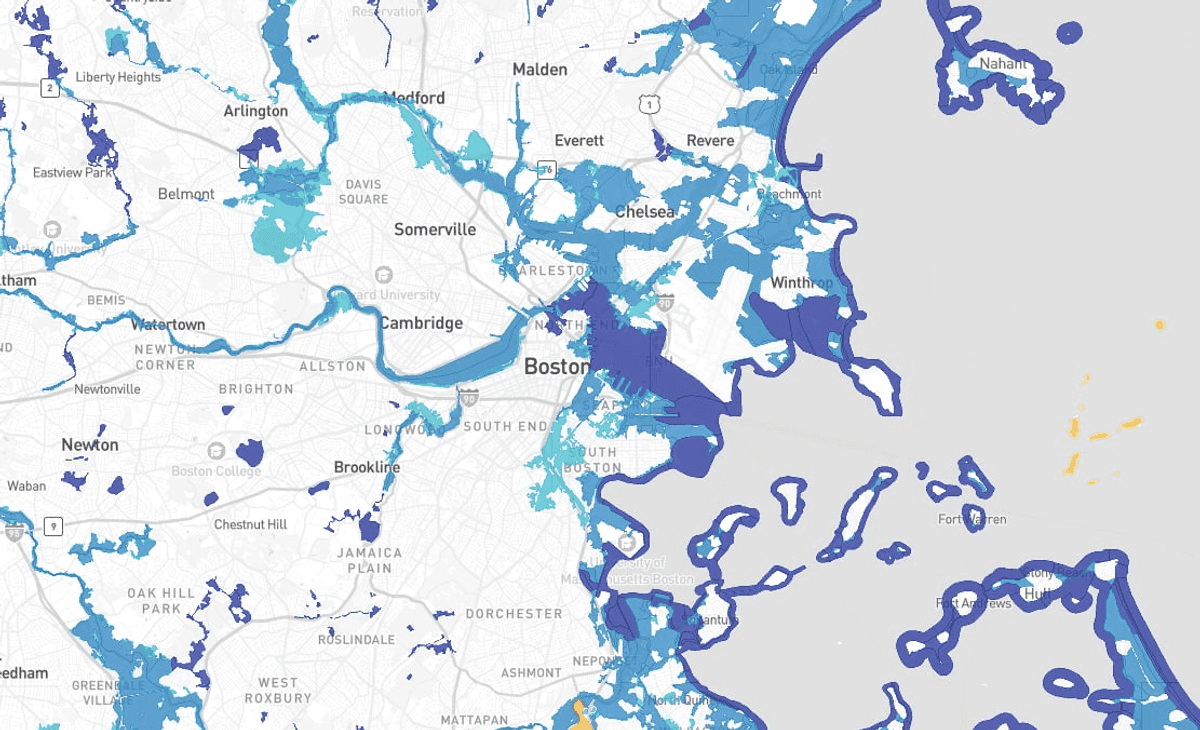Scientists issue warning about underwater phenomenon wreaking havoc on marine life: ‘The sea is sick’ – Yahoo Home

Report on the Impact of Seismic Exploration on Marine Ecosystems and Sustainable Development Goals
1.0 Introduction: Industrial Noise Pollution in Marine Environments
A recent report highlights growing concerns from scientists and conservationists regarding the adverse effects of industrial underwater noise on marine ecosystems. Specifically, seismic surveys conducted by Petrobras, Brazil’s state-run oil company, in the vicinity of the Amazon River mouth are identified as a significant source of acoustic pollution. This activity directly challenges the progress toward several United Nations Sustainable Development Goals (SDGs), most notably SDG 14 (Life Below Water).
2.0 Analysis of Seismic Survey Activities and Environmental Consequences
2.1 Methodology of Seismic Exploration
The exploration for offshore oil reserves involves seismic surveys that utilize powerful air guns. These instruments discharge compressed air into the water column at frequent intervals (every 10-15 seconds) on a continuous basis for extended periods. The resulting sound waves are used to map the geological formations of the seafloor. However, this process generates intense and persistent “seismic noise” that propagates for hundreds of miles, leading to significant spikes in underwater acoustic pollution.
2.2 Direct Impacts on Marine Life and SDG 14 (Life Below Water)
The acoustic pollution from seismic blasting poses a severe threat to marine biodiversity, undermining the core targets of SDG 14, which aims to conserve and sustainably use the oceans, seas, and marine resources.
- Disruption of Marine Fauna: Marine animals, particularly cetaceans (dolphins, whales) and sirenians (manatees) that depend on echolocation and sound for navigation, communication, hunting, and mating, are severely affected.
- Behavioral Changes and Displacement: Researchers have observed dolphins fleeing the affected area and manatees altering their migration routes to avoid the noise.
- Physiological Harm: Prolonged exposure to intense noise can cause hearing loss, heightened stress levels, disorientation, and interruptions to critical life functions like feeding and breeding. This can lead to strandings and increase the mortality rate of vulnerable and endangered species.
3.0 Conflict with Broader Sustainable Development Goals
3.1 SDG 1 (No Poverty), SDG 2 (Zero Hunger), and SDG 8 (Decent Work and Economic Growth)
The degradation of marine ecosystems has profound socio-economic consequences for coastal communities, directly conflicting with fundamental SDGs related to poverty, food security, and economic well-being.
- Threat to Livelihoods: Millions of people, including local fishermen in the Amazon delta region, depend on healthy marine ecosystems for their food and income. The disruption of fish stocks and marine habitats threatens the viability of these livelihoods.
- Impact on Food Security: The decline in marine life, described by one local fisherman as “the sea is sick,” jeopardizes a critical food source for local populations, undermining efforts to achieve zero hunger.
- Undermining Sustainable Economies: The pursuit of fossil fuels creates a direct conflict with the sustainable economic activities of local communities, threatening decent work and long-term economic stability.
3.2 SDG 12 (Responsible Consumption and Production) and SDG 13 (Climate Action)
The practice of seismic blasting for oil exploration is indicative of unsustainable production patterns that are misaligned with global sustainability and climate objectives. The continued exploration for and reliance on fossil fuels is a primary driver of climate change, running counter to the objectives of SDG 13.
4.0 Stakeholder Responses and Proposed Mitigation Measures
4.1 Calls for Regulatory Action and Moratoriums
In response to the environmental threats, a coalition of local scientists, Indigenous leaders, and environmental organizations is advocating for a moratorium on seismic exploration in ecologically sensitive areas like the Amazon River mouth.
4.2 The Role of Institutions and Governance (SDG 16: Peace, Justice and Strong Institutions)
The situation highlights the critical role of effective governance and strong institutions in balancing economic interests with environmental protection.
- Governmental Oversight: Brazil’s environmental protection agency, IBAMA, has previously delayed drilling permits in the region due to biodiversity concerns, demonstrating the potential for institutional checks and balances. However, the agency faces continued pressure from industrial interests.
- International Precedents: Global campaigns are increasing awareness of underwater noise pollution. Some nations, such as New Zealand, have already implemented restrictions on seismic surveys near vulnerable marine habitats, offering a model for protective regulation.
5.0 Conclusion
The seismic exploration activities off the Amazon River mouth represent a significant threat not only to marine biodiversity but also to the achievement of multiple Sustainable Development Goals. Protecting these vital ecosystems is essential for preserving wildlife (SDG 14), supporting the livelihoods and food security of local communities (SDG 1, 2, 8), and aligning with global commitments to responsible production and climate action (SDG 12, 13). Effective institutional oversight (SDG 16) is paramount to ensure that the health of oceans and the well-being of the people who depend on them are prioritized.
Analysis of Sustainable Development Goals (SDGs) in the Article
1. Which SDGs are addressed or connected to the issues highlighted in the article?
- SDG 14: Life Below Water
- SDG 8: Decent Work and Economic Growth
- SDG 12: Responsible Consumption and Production
2. What specific targets under those SDGs can be identified based on the article’s content?
-
SDG 14: Life Below Water
- Target 14.1: By 2025, prevent and significantly reduce marine pollution of all kinds. The article directly addresses this by focusing on “acoustic pollution” from seismic surveys. It states that “scientists and conservationists are sounding the alarm over how loud industrial noises are disrupting the delicate balance of marine ecosystems” and that “researchers have already recorded worrying spikes in acoustic pollution across the area.”
- Target 14.2: By 2020, sustainably manage and protect marine and coastal ecosystems to avoid significant adverse impacts. The article highlights the threat to the “delicate balance of marine ecosystems” at the Amazon River mouth. The calls from scientists and environmental groups for a “moratorium on seismic exploration in sensitive marine areas” are a direct effort to protect these ecosystems from the adverse impacts of industrial activity.
- Target 14.5: By 2020, conserve at least 10 per cent of coastal and marine areas. The push to protect “sensitive marine areas like the Amazon River mouth” and the mention that New Zealand has “restricted [seismic surveys] near vulnerable marine habitats” align with the goal of conserving significant marine areas.
-
SDG 8: Decent Work and Economic Growth
- Target 8.4: Improve progressively, through 2030, global resource efficiency in consumption and production and endeavour to decouple economic growth from environmental degradation. The article presents a clear conflict between an economic activity (oil exploration) and environmental health. The negative impacts on marine life and local livelihoods demonstrate a failure to decouple growth from degradation.
- Target 8.9: By 2030, devise and implement policies to promote sustainable tourism that creates jobs and promotes local culture and products. While not about tourism, the core principle of protecting local livelihoods is central. The article states that seismic blasting threatens “the millions of people who depend on healthy oceans for food and livelihood,” such as the “longtime fisherman” Julio Garcia, whose job is at risk due to the “sick” sea.
-
SDG 12: Responsible Consumption and Production
- Target 12.2: By 2030, achieve the sustainable management and efficient use of natural resources. The article describes an unsustainable practice where the search for one natural resource (oil) is causing severe damage to other natural resources (marine biodiversity and ecosystems), indicating a lack of sustainable management.
3. Are there any indicators mentioned or implied in the article that can be used to measure progress towards the identified targets?
-
For Target 14.1 (Reduce Marine Pollution)
- Indicator (Implied): Measurement of underwater noise levels. The article mentions “worrying spikes in acoustic pollution.” Monitoring and reducing the decibel levels of this industrial noise would be a direct indicator of progress.
-
For Target 14.2 (Protect Marine Ecosystems)
- Indicator (Implied): Population and behavior of key marine species. The article notes that “Dolphins have fled the area, and manatees are avoiding their usual routes.” Tracking the presence, population counts, and behavioral patterns of these animals serves as an indicator of ecosystem health and disturbance.
- Indicator (Implied): Conservation status of endangered species. The article warns that noise pollution “could push endangered species closer to extinction.” Monitoring the conservation status of vulnerable species in the affected area is a critical indicator.
-
For Target 8.9 (Protect Local Livelihoods)
- Indicator (Implied): Viability of local fishing communities. The testimony of the “longtime fisherman” who says “The sea is sick” implies a decline in fish stocks and, consequently, his livelihood. Measuring fish catch volumes, income, and the number of people employed in local fishing would indicate the impact on community well-being.
4. Summary Table of SDGs, Targets, and Indicators
| SDGs | Targets | Indicators (Implied from Article) |
|---|---|---|
| SDG 14: Life Below Water |
14.1: Reduce marine pollution of all kinds.
14.2: Protect and restore marine and coastal ecosystems. 14.5: Conserve coastal and marine areas. |
Levels of underwater acoustic pollution.
Population and behavior of marine species (dolphins, manatees); Conservation status of endangered species. Area of marine habitats protected from seismic exploration. |
| SDG 8: Decent Work and Economic Growth |
8.4: Decouple economic growth from environmental degradation.
8.9: Promote policies for sustainable local livelihoods. |
Degree of environmental damage caused by oil exploration activities.
Economic stability and viability of local fishing communities (e.g., fish catch, income). |
| SDG 12: Responsible Consumption and Production | 12.2: Achieve sustainable management and efficient use of natural resources. | Impact of resource extraction (oil) on surrounding natural ecosystems and biodiversity. |
Source: yahoo.com

What is Your Reaction?
 Like
0
Like
0
 Dislike
0
Dislike
0
 Love
0
Love
0
 Funny
0
Funny
0
 Angry
0
Angry
0
 Sad
0
Sad
0
 Wow
0
Wow
0



























;Resize=805#)




















































